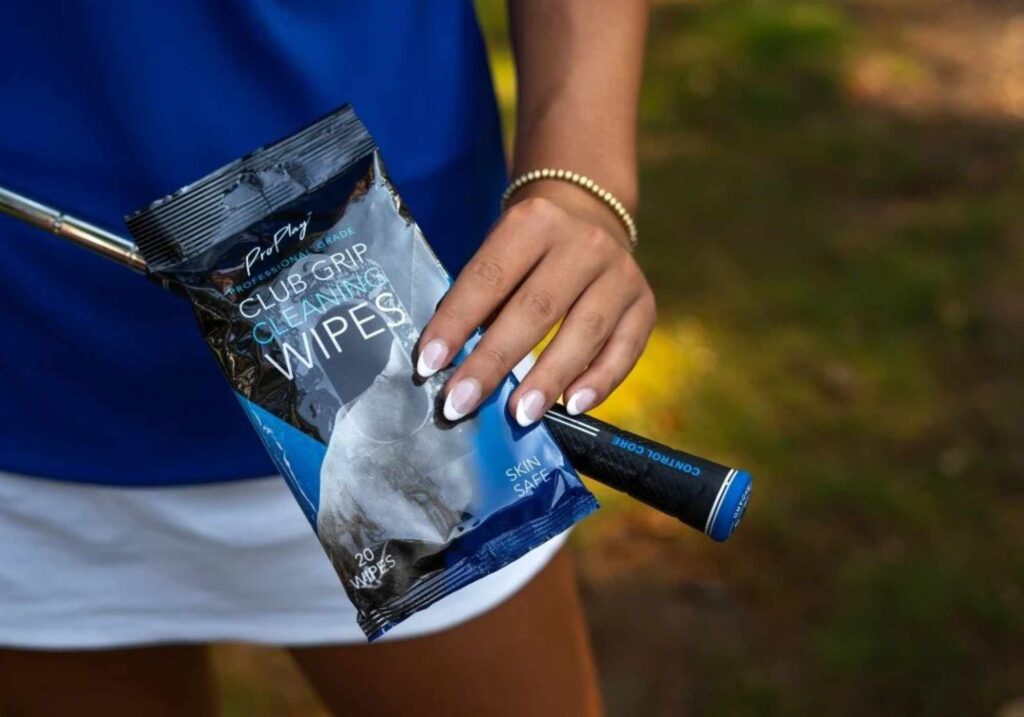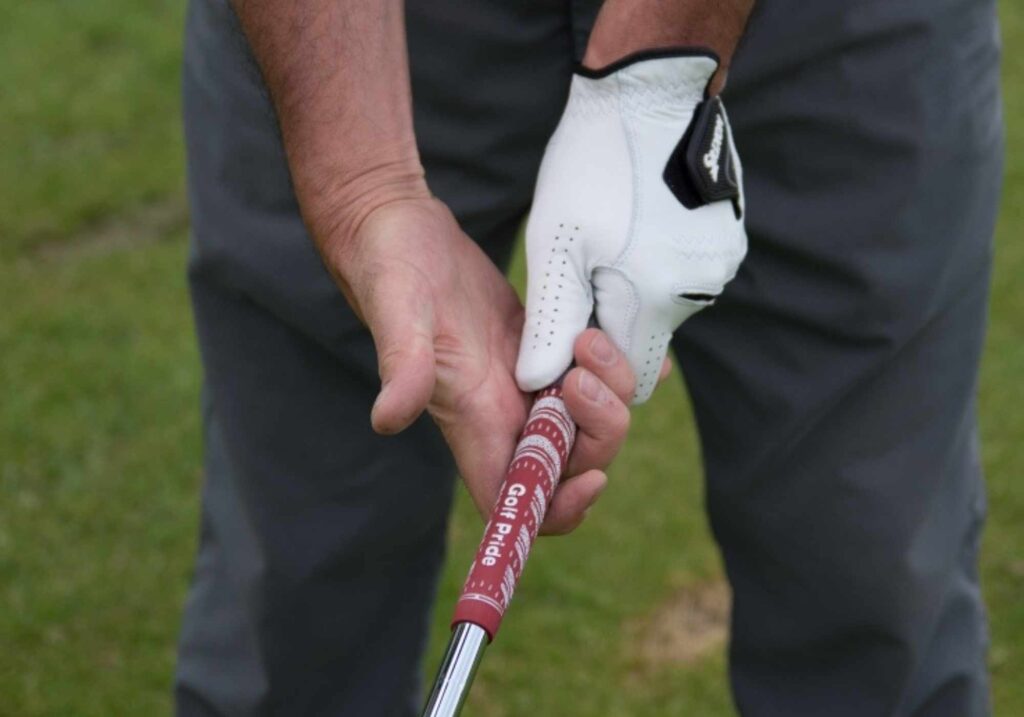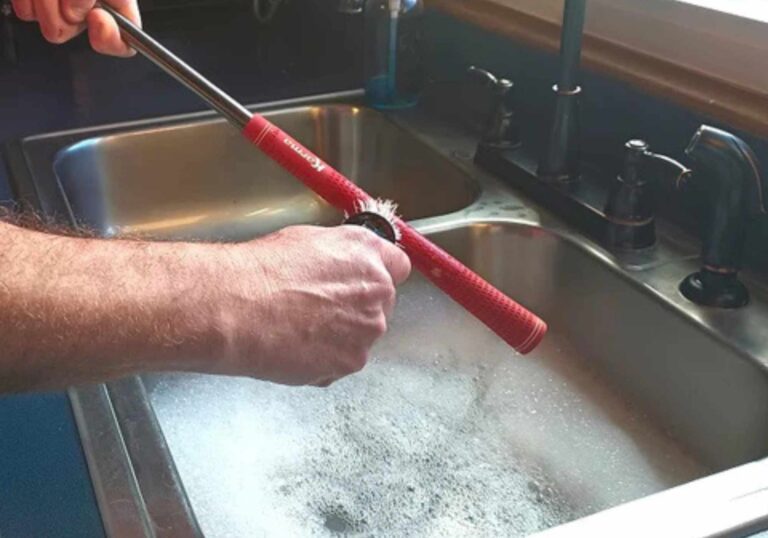Golf grips are the only contact point between a player and the club, making their cleanliness essential for performance and control. Over time, grips accumulate dirt, oils from your hands, sweat, sunscreen, and general grime from the course environment. Dirty grips can become slippery, reducing friction and causing mishits. Regular cleaning not only restores grip but also prolongs the life of your equipment. Below are several effective methods for cleaning golf grips, suitable for different grip types and personal preferences.
1. Soap and Water Method
This is the most common and recommended method for cleaning rubber and synthetic grips. It’s simple, inexpensive, and safe for most standard grip materials.
What You Need:
- A bucket of warm water
- Mild dish soap
- A soft-bristled brush or sponge
- A towel
Steps:
- Mix warm water with a few drops of dish soap in the bucket.
- Dip the brush or sponge into the soapy water and gently scrub the entire surface of the grip.
- Pay extra attention to any visibly dirty or slick areas.
- Rinse the grip under running water or wipe it down with a damp cloth to remove soap residue.
- Dry thoroughly with a towel and allow to air dry for a few minutes.
Pros: Safe for most grip materials, inexpensive, effective at removing grime.
Cons: Requires drying time; may not remove deep-seated oils.
2. White Vinegar Solution
White vinegar can be used as a natural cleaner that helps break down oils and disinfect the grips.
What You Need:
- White vinegar
- Water
- A spray bottle
- Cloth or sponge
Steps:
- Mix equal parts white vinegar and water in a spray bottle.
- Spray the solution directly onto the grip.
- Wipe thoroughly with a cloth or sponge.
- Rinse with clean water or wipe with a damp cloth.
- Dry completely with a towel.
Pros: Natural, kills bacteria, removes odor.
Cons: Can be too strong for leather grips if not diluted properly; odor may linger briefly.
3. Golf Grip Cleaning Wipes

There are commercial wipes available specifically designed for cleaning golf grips. These are pre-moistened with a safe cleaning solution and are easy to use on the go.
What You Need:
- Grip cleaning wipes (e.g., from brands like Golf Pride or Club Clean)
Steps:
- Pull out a wipe and scrub the grip thoroughly.
- Allow it to air dry—usually dries quickly within a minute or two.
Pros: Quick, portable, no mess, great for in-between rounds.
Cons: More expensive over time, may not clean as deeply as traditional methods.
4. Magic Eraser
Magic erasers are excellent for restoring tackiness, especially on rubber or synthetic grips.
What You Need:
- A Magic Eraser pad
- Water
Steps:
- Wet the magic eraser and squeeze out excess water.
- Gently scrub the grip in a circular motion.
- Wipe down with a damp cloth and dry with a towel.
Pros: Great at removing surface grime and restoring tack.
Cons: Can wear down grips if used too frequently or with too much pressure.
5. Toothbrush and Baking Soda Paste
For extra-grimy grips, a baking soda paste can act as a gentle abrasive to lift deep-seated dirt and oils.
What You Need:
- Baking soda
- Water
- Old toothbrush
- Towel
Steps:
- Mix a small amount of baking soda with water to form a thick paste.
- Dip the toothbrush into the paste and scrub the grip.
- Wipe clean with a damp cloth and dry with a towel.
Pros: Non-toxic, effective at cleaning textured grips.
Cons: Time-consuming, best for occasional deep cleans.
Final Tips for Golf Grip Maintenance

- Frequency: Clean your grips at least once a month, or more frequently if you play often or in hot, sweaty conditions.
- Avoid Harsh Cleaners: Do not use bleach, acetone, or alcohol-based products, as these can degrade grip materials.
- Check for Wear: Cleaning won’t fix a grip that’s worn out. If the grip remains slick after cleaning, it may be time for a replacement.
By regularly cleaning your golf grips using one of these methods, you’ll maintain better control of your clubs and extend the life of your equipment. Clean grips don’t just look better—they help you play better, too.
